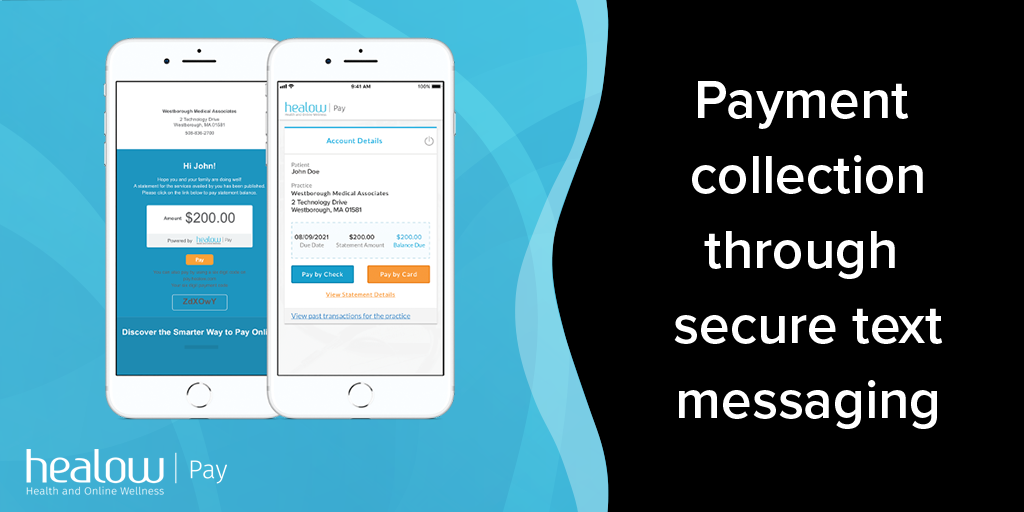
No responsible business owner would ever leave stacks of cash lying on a table with no oversight or security, right? After all, before long, such money would disappear and be counted as a loss.
Yet that is essentially what the healthcare industry does year after year by failing to make a transition to all electronic payments.
According to a September 2021 report in Health Payer Intelligence, “the medical industry could see savings of $426 million through the use of electronic fund transfers (EFTs).”
Progress is being made, but much more can be done
Many practices have converted to electronic payments, both for patients paying their copayments and balances and for transactions with insurance payers. The above report notes that as of 2020, 71% of claim payments are fully electronic, up from the 60% to 63% rates seen in the previous four years.
That’s just part of the story. The Council for Affordable Quality Healthcare, Inc. (CAQH), which generated the estimate of $426 million in savings, adds that $372 billion is spent annually on “administrative complexity” in healthcare. CAQH estimates that transitioning to fully electronic payments could save $16.3 billion a year.

Using healow Pay to save money
Practices such as Innova Primary Care are part of the electronic payments savings trend, using healow Pay to allow patients to make payments before, during, or after their visits. That drives down the costs of printing and mailing patient statements and means the practice gets paid faster.
In the first year after implementing healow Pay, Innova Primary Care saw their accounts receivable fall from 41 days to under 20 — significantly improving the practice’s cash flow.
“Anytime you have an integrated payment solution, as opposed to a human manually keying something run from a separate terminal, it’s a significant positive impact,” said David Uptagrafft, CFO and Director of Healthcare Experience at Innova Primary Care.
Don’t forget about the time savings, too
Quantifying monetary savings is relatively simple, but practices should also consider the time they can save when they switch to electronic billing.
The CAQH report estimates that a paper check requires six minutes to fully process, while an EFT can be done in just four minutes. That two-minute difference may not seem like much, but multiply that time savings by the estimated 1 billion medical billings transactions that occur in a given year, and you have saved a staggering 4 million days of staff time!
Of course, your staff will still have to come to work. It’s just that they’ll be able to find better things to do than struggle with your billing system — like care for patients!
Learn more about healow pay today by clicking here.
Get Started With healow Today!
Call Us 508-616-0304
